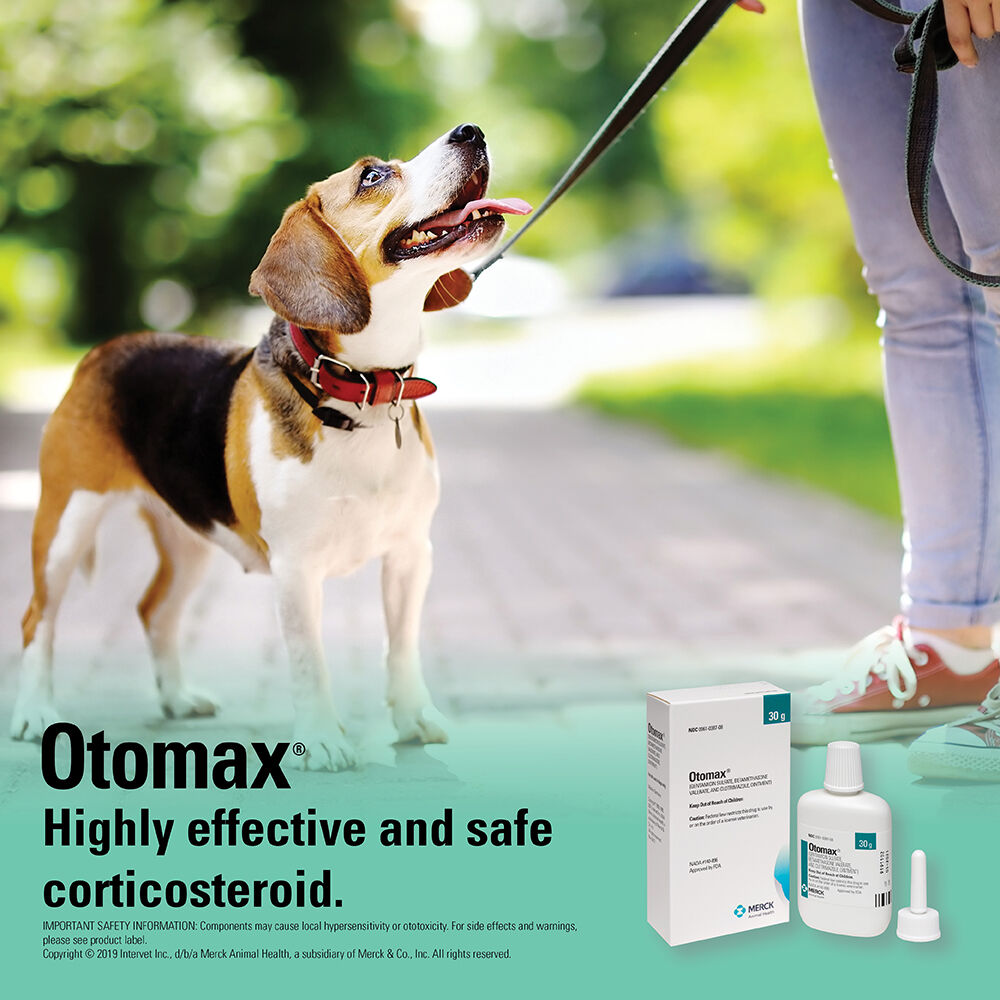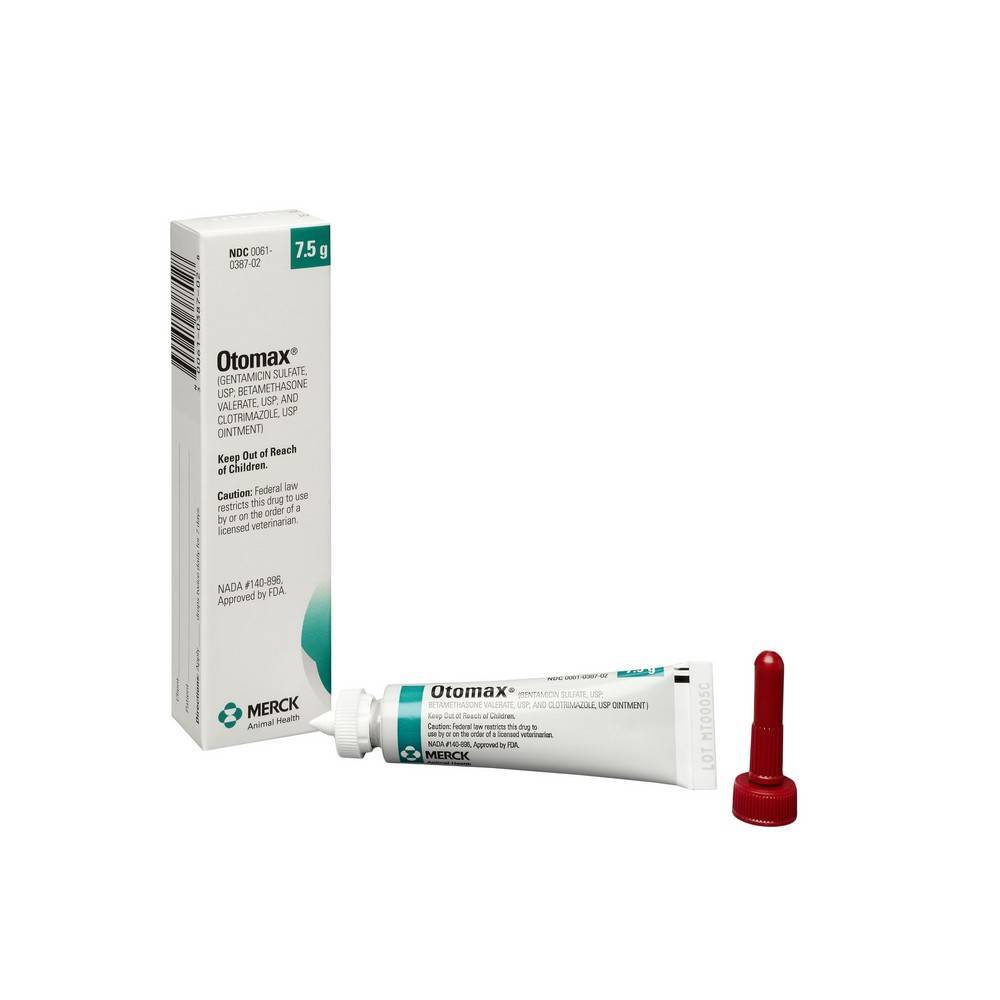

Another aminoglycoside, tobramycin, is available as an ophthalmic solution (generic) and is very effective against otitis infections caused by Pseudomonas species, especially in cases of chronic otitis externa.įluoroquinolones have a broad spectrum of antibacterial activity against gram-negative and gram-positive bacteria and are found in Baytril Otic emulsion (Bayer) and Posatex Otic Suspension (Merck).

Gentamicin and neomycin are available in many combination products, some of which contain an antifungal and glucocorticoid, such as Tresaderm (Merial/Bohringer Ingelheim), Otomax Ointment (Merck), Mometamax Suspension (Merck), Panolog Ointment (Zoetis) and easOtic Suspension (Virbac). Topical aminoglycosides such as neomycin and gentamicin have good activity against gram-positive and gram-negative otic pathogens for the treatment of acute otitis externa. Examples include Cort/Astrin Solution (Vedco) and Synotic (Zoetis). It's important to use the lowest-potency glucocorticoid at the lowest frequency needed to control the otitis to prevent iatrogenic hyperadrenocorticism. They're usually used in combination with other agents but may be beneficial when used alone in allergic cases of otitis and some ceruminous otitis cases. In addition, they're effective in decreasing sebaceous and apocrine secretions. Glucocorticoids are therefore beneficial in decreasing the pain, pruritus, stenosis and edema associated with otitis. Apocrine glands dilate and become hyperplastic, which leads to excessive cerumen production. As the inflammation progresses, the dermis becomes infiltrated with a mixed population of cells. During the acute stage of otitis, the ear canal becomes edematous and erythematous.

Glucocorticoids are antipruritic, anti-inflammatory and antiproliferative. With that note, let's look at topical agents one at a time. Warn clients to watch for neurological signs of ototoxicity while administering topical medications when the tympanic membrane is not intact. No commercially available topical otic treatments are labeled for use with a non-intact tympanic membrane, but most of them have been used to treat otic infections in dogs with otitis media. Cytologically monitor your patient's response to these medications at each reevaluation and adjust the topical therapy accordingly. The advantage of topical therapy is that you can achieve 100 to 1,000 times the plasma level of the antimicrobial agent by administering it topically. Remember, culture and sensitivity testing results indicate the plasma level of an antimicrobial agent. Rely on your cytology results to select the right active ingredient for topical use. Topical otic preparations generally contain glucocorticoids, antibiotics, antifungals or some combination thereof in a vehicle base. Dogs with concurrent infectious otitis externa and otitis media usually require both topical and systemic antimicrobial therapy. In patients with severe infections or with long-standing chronic otitis externa, you may need to add a systemic antimicrobial agent to clear the infection in the ear tissue as well as in the lumen of the ear canal. In most cases of infectious otitis externa, topical therapy alone is enough.

At each recheck, you'll be monitoring the patient's response to treatment, performing cytology, and adjusting products accordingly. Topical therapy is almost always a staple of treatment, and systemic antimicrobials may be necessary as well. Once you've diagnosed an otic infection, it's time to put together your treatment plan.


 0 kommentar(er)
0 kommentar(er)
